Before teaching at Supinfocom Rubika in Pune, I managed my own branding and Motion Graphics Firm in Venezuela. For more than 10 years I dealt with an emergent market, based in new technologies and even newer communication paradigms. My niche was branding for north American cable television networks that were being directed to the Latin American Region.
Working with a multidisciplinary and multinational team, our main task was to “translate” the branding need of our clients to adapt them to the Latin American market. This was a very unique mission. The people most likely to be able to provide this service were basically talented young graphic designers, not formally trained either in branding nor motion graphics, with little or no previous professional experience. We handpicked them based in their good character and portfolio, but from there on, we needed to make them become fully fledged assets.
Assuming the investment in their learning curve, giving them the best tools available, creating a positive and free, laid back and collaborative environment where they could take ownership and author the projects and tasks assigned to them, showing them how to create and use systems of thought and design to enhance their work, and tutoring them into the needed body of knowledge to confront the challenges that come with the whole package. All of this was done in a very invisible manner, letting them be and do, inspiring them and of course, paying them as well as the project would allow. That was my managing methodology and ultimately the spirit of the company. And let me tell you, it worked!
For over a decade, my studio became one of the main ones in the region. We tended the best projects and clients. We weren’t the cheapest option, but our clients would not pick us only based on low budgets. When they wanted quality conceptual and design work for their branding projects, we would always be one of their main options.
We worked very closely in team with our clients, in a very ludic way, as we treated ourselves. Clients tended to become friends over time and confidence was built up. We would always make creative proposals to complete or enhance our clients vision and we were expected to do so as our main added value. This made a very solid base of loyal clientele, backed up by a very strong and consolidated creative team.
When time came to actually teach, I became aware that the best way to do so would be to do exactly the same thing I did when I had my company; I would treat my students as I managed my designers in the studio. From being the CEO and creative director of my studio, I came to a teaching position, then be a good teacher, I actually became a manager of creativity.
-I currently manage more projects at a time now than I ever did back in my studio.
So to manage creativity, become a mentor. But not only that, be a team player, have an honest vision, and always play. Play with concept, with creativity, and share the joy of it. Empower the authorship and ownership of the work among your collaborators: Ultimately, have some really serious fun!







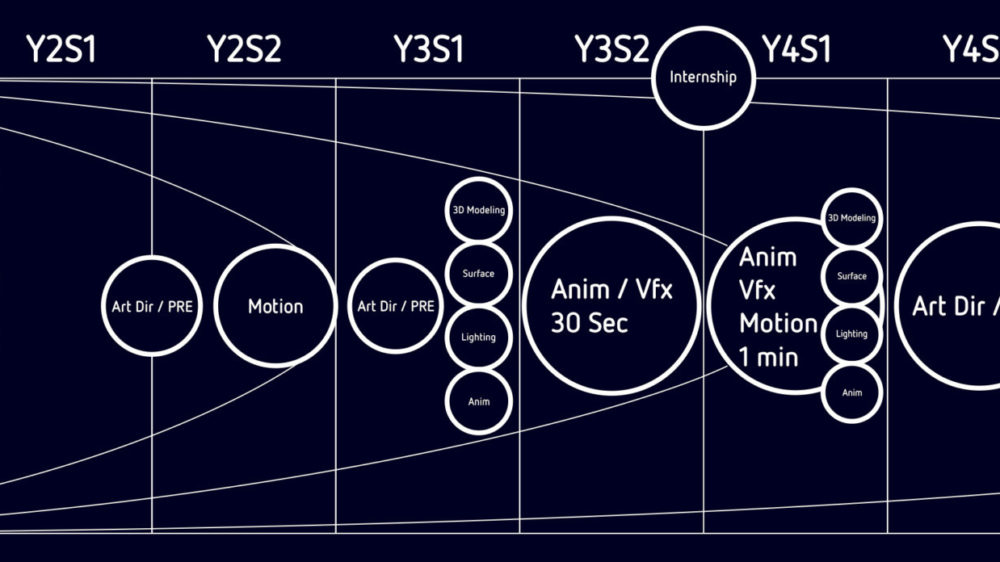
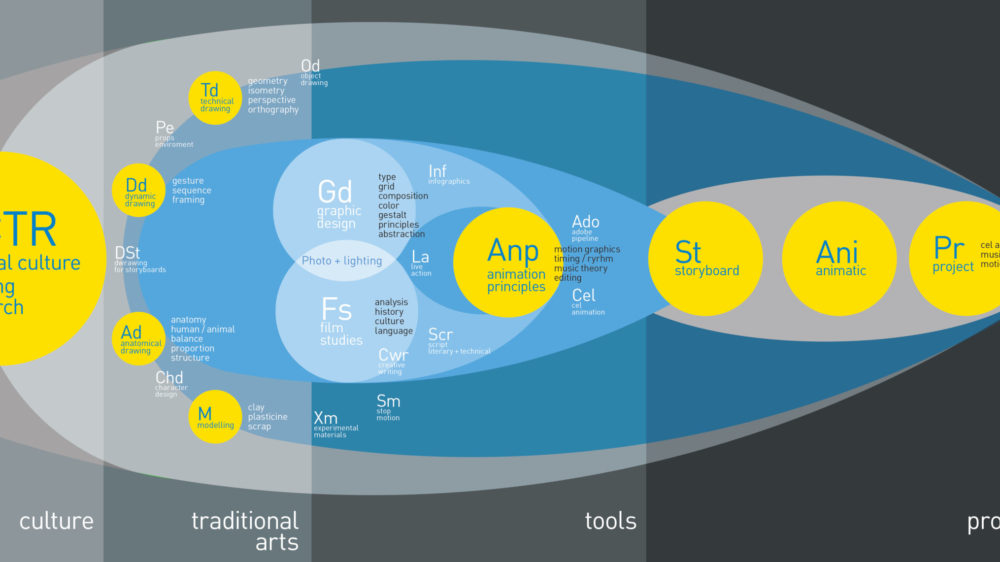
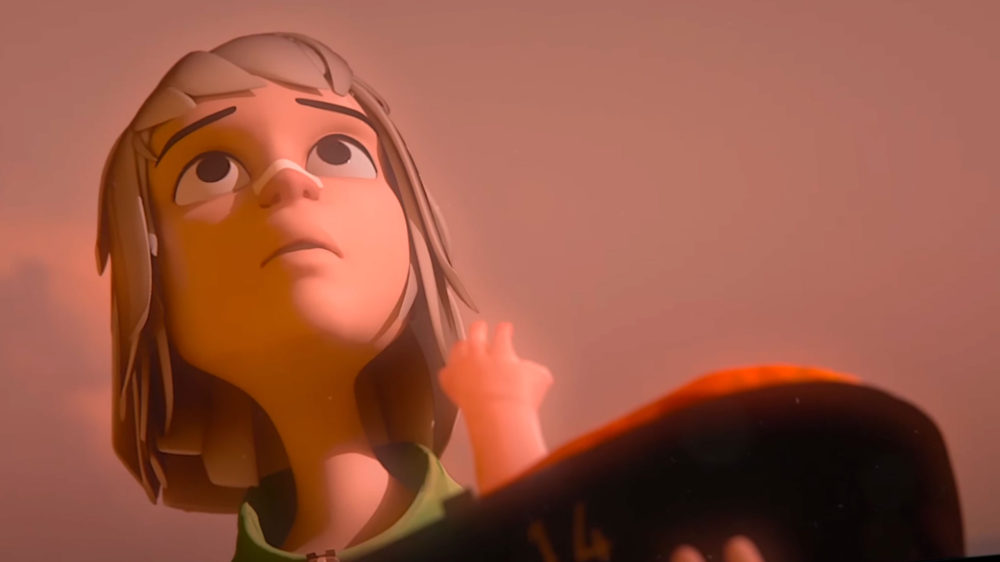
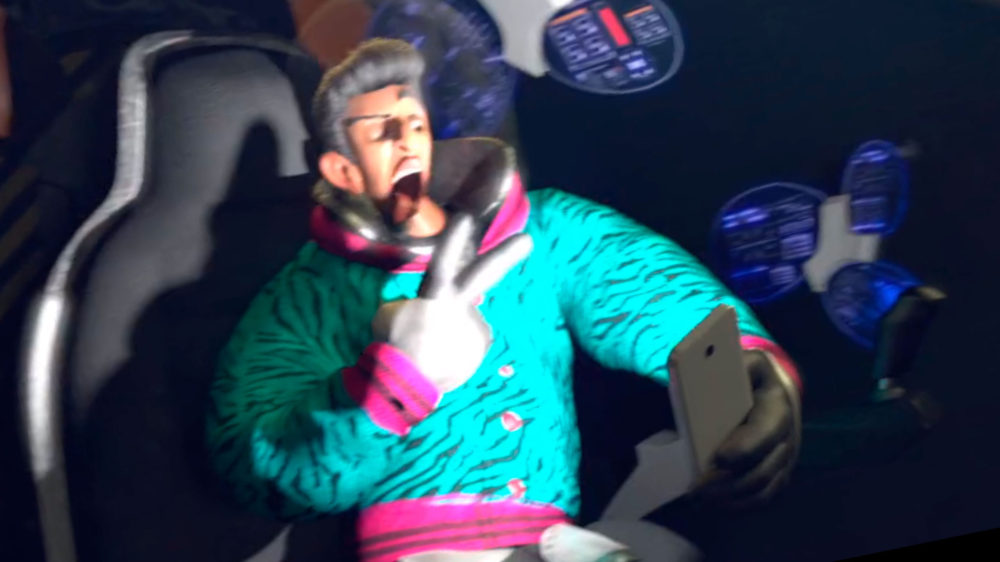
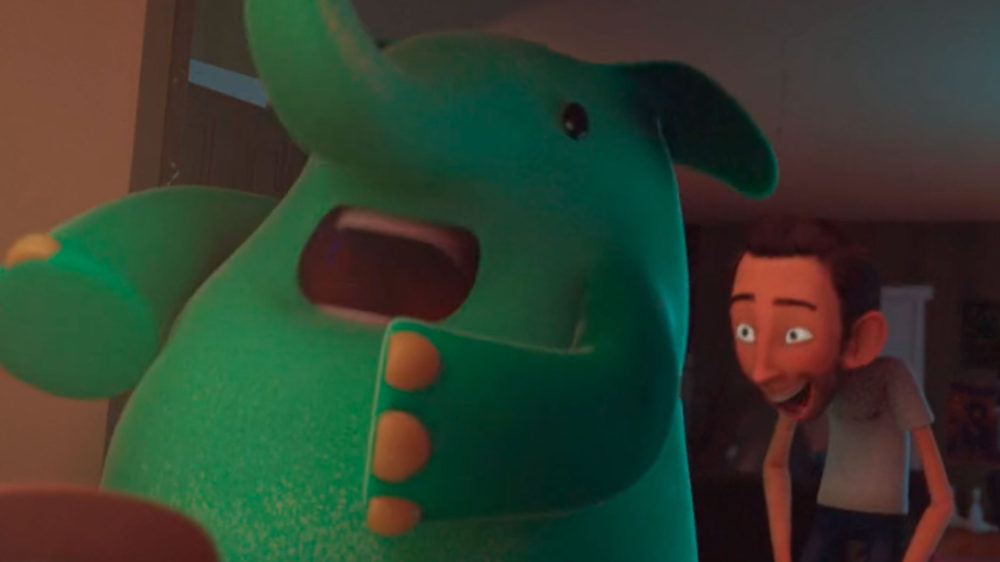
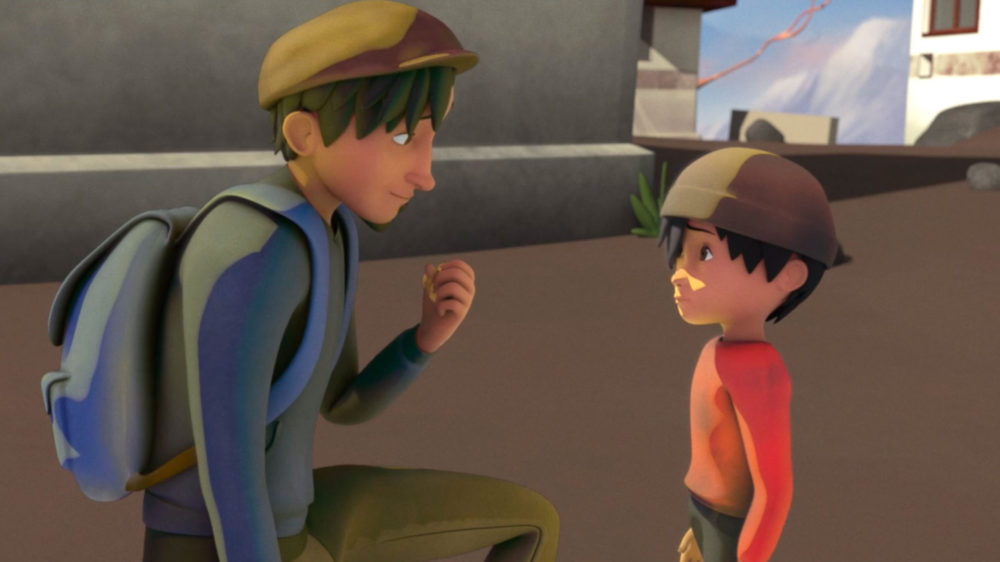
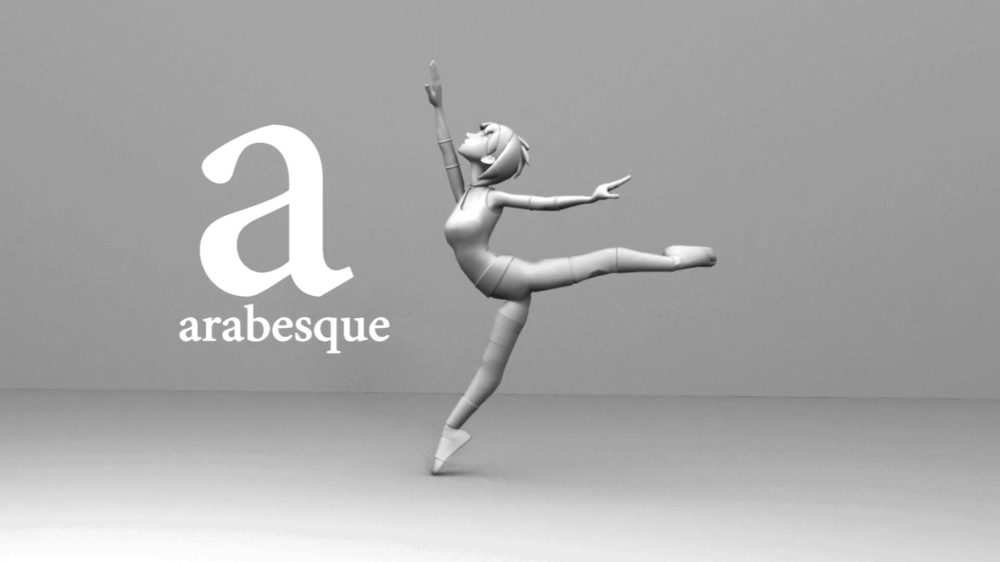


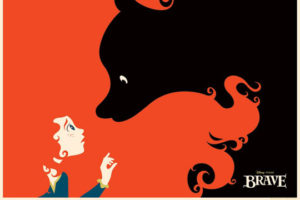
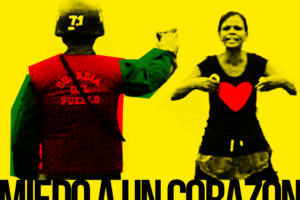

1 Comment
Leave your reply.